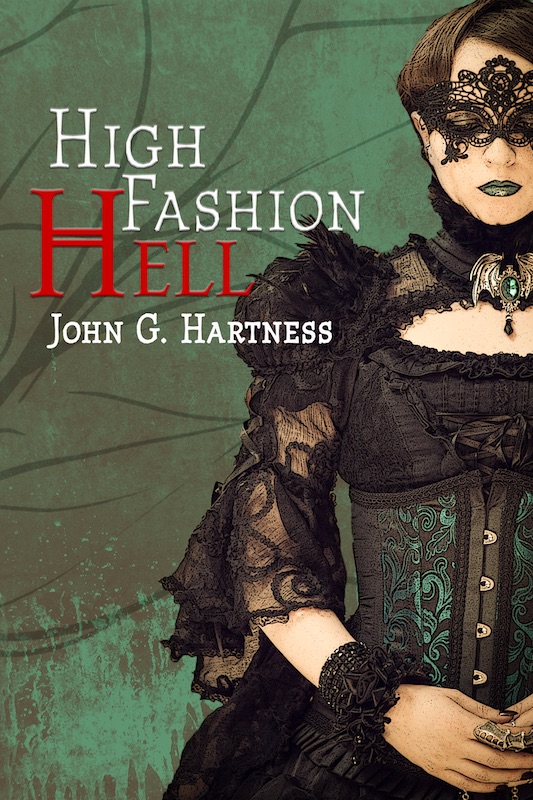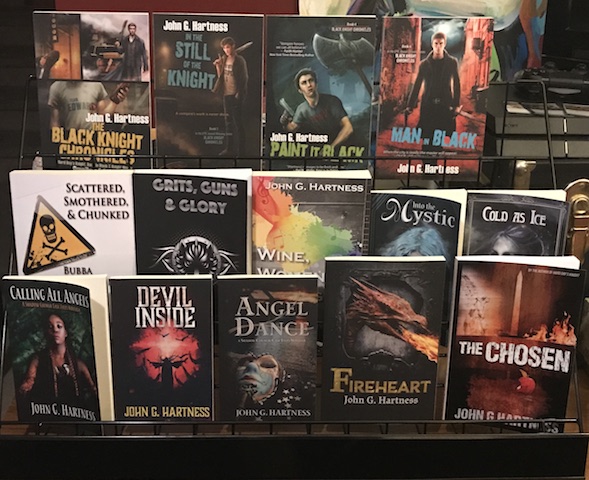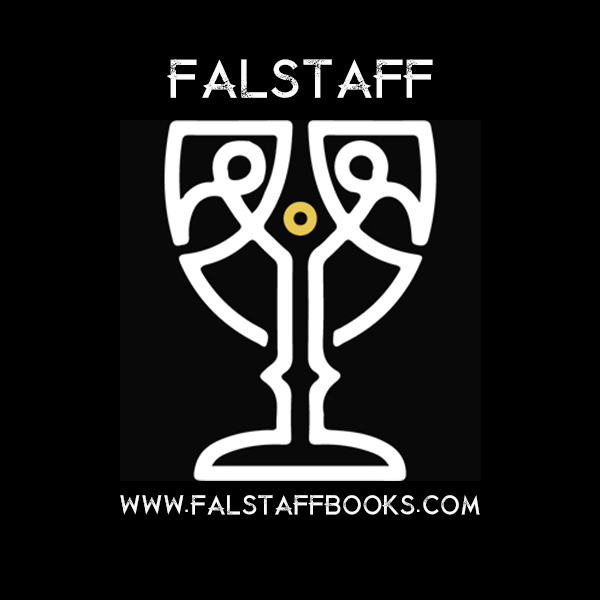Hey there!
If you follow me on social media, you might have seen a few pre-written tweet and Facebook messages that come out from my account. You might actually have seen enough to make you dread the thought of ever hearing from me again. But obviously not, because now you’re here to read even more of my crap, so either something I’m doing is working, or there’s something fundamentally wrong with you.
Or both.
Be that as it may, I do post a LOT of tweets and pre-scheduled social media messages. There are a few reasons for this –
- If commercials and junk mail (what I often refer to as the “shotgun approach” to marketing) didn’t still work to some degree, companies with a lot more money to buy marketing and analyze its effectiveness wouldn’t still do it.
- It takes multiple mentions of a product for it to stick in someone’s mind. That product may be a specific book, but more often than not, that product is YOU. So you need a fair amount of visibility. That means being active all through the day, particularly when the bulk of people are in a place to see it. My completely non-scientific belief is that most people fuck off in front of their computers the most from 9AM-5PM Eastern time. And even more between 11AM-2PM, because that’s lunch. That’s when I post most heavily.
- Facebook and Twitter throttle your posts so that only a small percentage of things you put out in the world are seen unless you’re willing to pay for the privilege. To combat this, I send out the same message once per day, six days a week. My hope is that different people will see it each time, or at least that a few new people will see it each time.
So that’s the “why” I post a bunch. But what about the “how?” What makes a good social media post? Well, here are a few things that I try to include in most of my posts, and this is something that is constantly being refined as I learn more and look at what posts get the most interaction.
By the way, I will refer to all of these as tweets, even though I have HootSuite set up to cross-post to Facebook and Twitter. Each message I create goes to five different feeds – my Twitter, the Falstaff Books Twitter, my Facebook page, my Author page, and the Falstaff page. But it’s identical, because I only have so much time in my life.
I try to be funny, witty, or at least entertaining. I frequently use over-the-top examples to push the humor if it’s a funny book or story, or I try to tie it to something that will make the person who sees it go “Wait, what?” In a tweet for the book Changeling’s Fall, I make mention of the fact that unless you read the book, you won’t know what part of a goblin glows in the dark. This is something that people aren’t expecting, and makes them want to look further.
You’re always working toward the click in social media. With pre-written messages, you aren’t just looking to make people remember your name, you’re looking for something that makes them think “I need to know what the hell he’s talking about” and click the link. They can’t buy your shit if they don’t click the link. And that’s the endgame – getting people to buy your shit. You are not playing around on social media because you’re a great artist, you’re playing around on social media because you are in business to make money.
So a good tweet is made up of three things – a hook, a hashtag, and a link.
I’ve already talked about the hook. It’s kinda like your back cover matter, only super-condensed. Or it’s a cover blurb, only super-condensed. When I tweeted about Midsummer, a Bubba meets Shakespeare novella, I made mention of A.J. Hartley, because he’s a Shakespeare expert. When I tweet about Of Lips and Tongue, I mention that it’s one of the best novellas released last year. When I tweet about Pawn’s Gambit and War Pigs, I’ll mention that they are finalists for the 2017 Manly Wade Wellman Award (Congrats to Darin Kennedy and Jay Requard!).
Your hook is that “Wait, what?” moment. It’s what makes the person seeing it read further. It’s what cuts through the noise, and there’s plenty of noise out there. You can (and will) have multiple tweets about each release. You can make one funny, one serious, one scary, one referential to another work out there, whatever. Just use part of your 140 characters to make it interesting.
You need at least one hashtag, preferably two. I’m just getting better at this, because hashtags baffled me for a long time. Hashtags are the way people filter social media. If someone wants to see all the tweets and posts about ConCarolinas, they can search using #concarolinas, and all the posts using that hashtag will pop up.
Do not use very specific hashtags. If you’re reading this, I’m going to assume that you aren’t a huge bestseller. If you aren’t James Patterson, using a hashtag with your name is useless. If no one will ever search for the hashtag, it’s just a waste of space. I find that #kindle #amazon #audible #audiobook #ebook #bargain #free #fantasy #horror #scifi are all broad enough to be useful, while #falstaffbooks or #johnhartness would be absolutely useless. No one is searching twitter feeds for those terms, so don’t bother with them.
Don’t overdo it with hashtags, either. After a while, it just becomes a parody of your content and the message is lost. I think one or two is plenty.
The link – this part is easy. You need something that people can take action on, namely to buy your shit. But there are a few things that go into making a link, and some of them you might not know about.
- Universal Links – We all know how much is sucks to have your book available on ten different platforms but you can only fit one link into each message. Well – Books2Read is your new best friend! Books2Read makes universal links for your book. You just go to their site, insert the buy link from any online store into the field, and it will scour the internet for everywhere else the book is available, and create a Universal Link that points to ALL of them! What happens is that your customer clicks the universal link, and they are directed to a page that says “Hey! This book is available all over the interwebs! Where do you want to buy it?” You customer says “Here!” and clicks their favorite ebook store. Books2Read sends them there, and remembers their choice for next time. So next time they click any Books2Read link, it takes them to the book on their selected store. This gives you the opportunity to share the link to all online stores in one shot, and your readers can get your shit wherever they want.
- Link shorteners – most social media aggregators like HootSuite or TweetDeck have a tool that will shorten a link for you. I don’t use them. There’s nothing wrong with them, but I use bit.ly. Bil.ly shortens the links, lets you customize the link, and gives you tracking for the link. All with a free account. I use them for all my link creation.
So there you go, the short version of how to build a tweet that sings instead of sucks. Build a hook, a hashtag, and a link, and then go promote the fuck out of your stuff! Remember, art is awesome, and as soon as you make enough money, you can make all the art you want!







